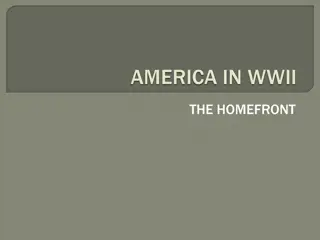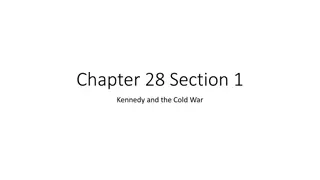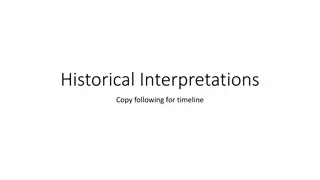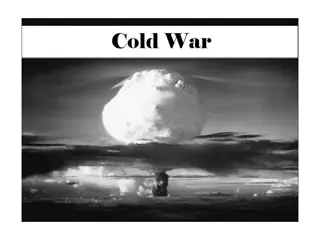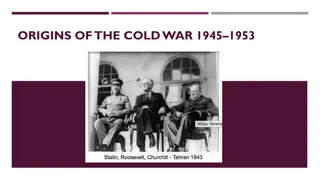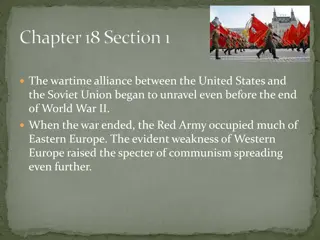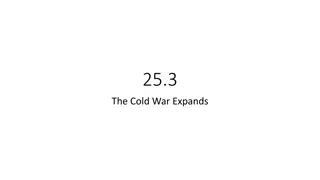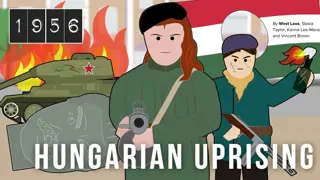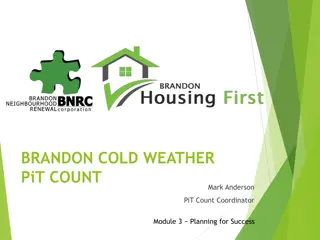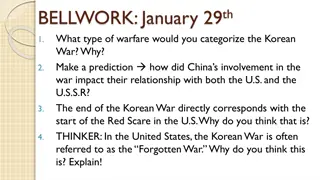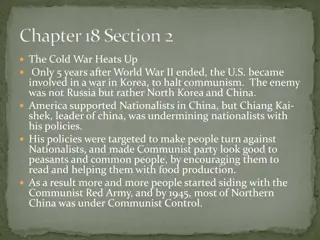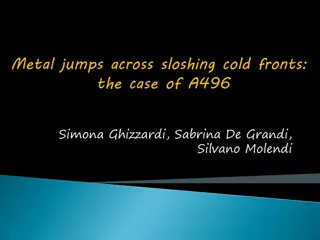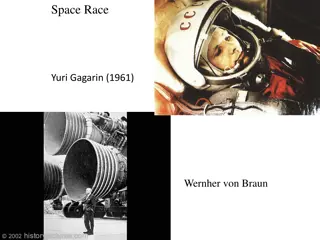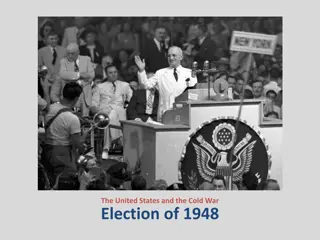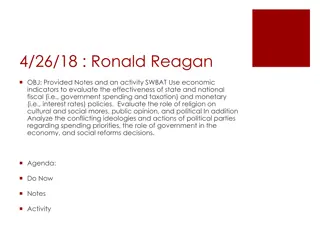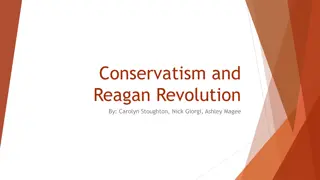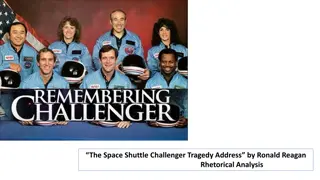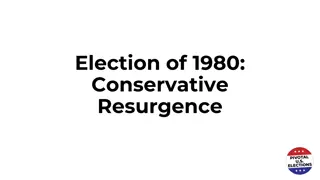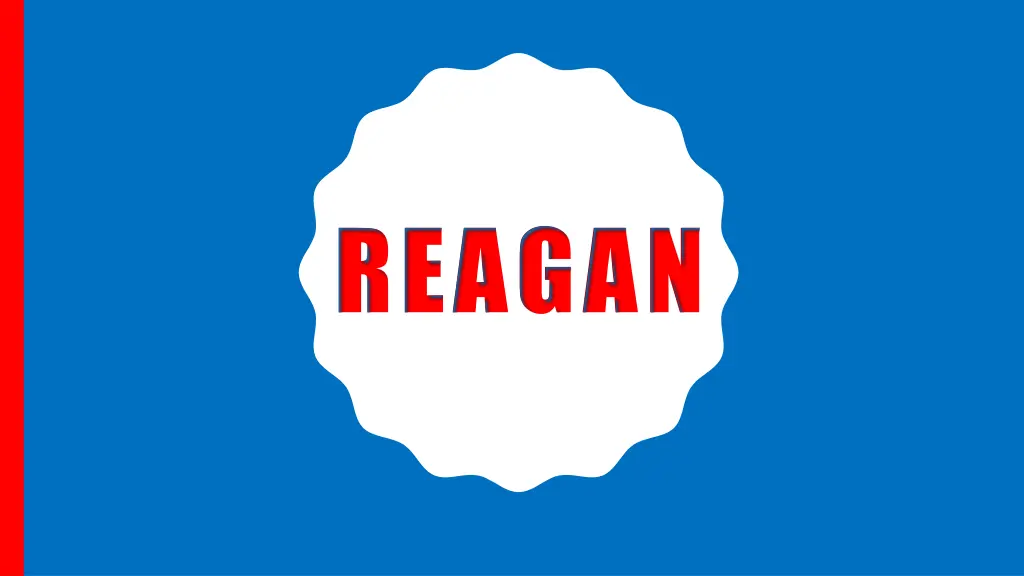
Reagan's Conservative Revolution
Dive into the era of President Ronald Reagan, the oldest US president known for his conservative ideology, successful economic policies, and strong leadership. Explore the rise of the New Right movement, Reagan's remarkable presidency, and the impact of Reaganomics on shaping the American political landscape.
Download Presentation

Please find below an Image/Link to download the presentation.
The content on the website is provided AS IS for your information and personal use only. It may not be sold, licensed, or shared on other websites without obtaining consent from the author. If you encounter any issues during the download, it is possible that the publisher has removed the file from their server.
You are allowed to download the files provided on this website for personal or commercial use, subject to the condition that they are used lawfully. All files are the property of their respective owners.
The content on the website is provided AS IS for your information and personal use only. It may not be sold, licensed, or shared on other websites without obtaining consent from the author.
E N D
Presentation Transcript
INTRODUCTION: From the 1920 s to 1980, what viewpoint about the role of gov. seemed to have been winning? Increased role vs. decreased role Why do you think people were apt. to accept the new conservative movement?
REAGAN Oldest president at 70 Former actor and great speaker Survived assassination attempt by John Hinckley Jr. Not guilty by insanity as he tried to assassinate him to get attention of actress Jodie Foster Reagan showed tremendous energy and served 2 terms as a staunch conservative
NEW RIGHT Christianity: Evangelicals: emphasize authority of the Bible and are considered born again Concerned with declining moral and religious values in American society Moral Majority: pro-life, pro-family, pro-moral, pro- America These traditional groups formed the New Right
ELECTION OF 1980: Stagflation, Iran Hostage Crisis and Cold War forcing America to look for a strong leader Reagan: actor turned governor of California was a great leader/public speaker Nicknamed Great Communicator Debating economy he said, a recession is when your neighbor loses his job, a depression is when you lose yours, and a recovery is when Jimmy Carter loses his Are you better off than you were four years ago? Answer was a resounding no as Reagan won by over 8 million votes Iran freed hostages minutes after her took office
REAGANOMICS: Reduce size of federal gov. Handed responsibility for health, education, welfare and more to the states Gave them block grants (lump sum payments) to pay for programs Wanted to cut taxes and promote private enterprise Known as Reaganomics Based on supply-side economics: growth depends on increasing supply of goods and services
More Savings Cut Taxes More $$$ in pockets More hiring People have more $$$ to spend Taxes recouped by more workers paying lower taxes
Critics called it voodoo economics Cutting taxes does not necessarily increase revenues Reagan singed a bill to cut federal taxes by 25% over 3 years Economy still lagging By 1983 economy was making a comeback GDP rose 7% in 1984 Unclear whether lower taxes helped or if the aid came from Reagan s massive defense spending
Deregulation: removal of gov. controls on business Make business more efficient and able to pass savings onto consumers Cut corners on environmental regulations Lowered emission standards, allowed off shore drilling, opened national forests for logging
Liberals said that Reaganomics helped the rich get richer and the poor get poorer Income gap did increase Reagan called this trickle down economics The wealth at the top has a trickle down effect to the poor With the recession over, Reagan won the 1984 election in a landslide
Federal budget deficit: spending exceeds gov. revenue Soared under Reagan Tax cuts + falling gov. revenue + military spending=deficit Social security and Medicare rising National debt rose as well Sum of all loans taken by gov. to finance deficits Tripled under Reagan
REAGAN & DOMESTIC POLICY Reduced social welfare spending HIV/AIDS impacting America in 80 s Many amongst the gay community Reagan resisted to speak out on the disease but eventually declared AIDS, public health enemy #1 War on Drugs: Just say no campaign urged youth to resist drugs Funded DARE program
Supreme Court: Appointed conservatives to the court Sandra Day O Conner 1st female justice New Jersey v. T.L.O: 14 year old student had purse searched for marijuana and was charged and sentenced to juvenile court Argued it violated 4th Amendment to unreasonable search S.C. disagreed and upheld the ruling Immigration: Anti-immigration feelings spreading across America 1986 Immigration Reform and Control Act: increase immigration control along border and give 2.8 million undocumented workers amnesty to proved a route to citizenship
ENDING THE COLD WAR
INTRODUCTION: 1987 Reagan at Berlin Wall, Mr. Gorbachev, tear down this wall! Symbolized Cold War Guarded and told to shoot anyone who tried to escape (5,000 escaped) Many died or were captured Nov. 9th, 1989 the Berlin Wall falls President Reagan was instrumental in ending the Cold War
REAGANS FOREIGN POLICY Extremely anti-communist Boosted defense spending and led largest peacetime military build up in history Strategic Defense Initiative (SDI): Create a missile shield to protect the U.S. from nuclear attack Land and space based weapons would take out any incoming missile to the U.S. Nicknamed Star Wars Costly and improbable the initiative never succeeded Reagan Doctrine: Aid rebels and anticommunists around the world
Nicaragua: Sandinistas: pro-communist rebels who overthrew the dictator Anastasio Somoza Reagan warned Congress that the USSR and Cuba were aiding Central American communist rebellions Contras: U.S. funded and trained Nicaraguans who attacked Sandinistas Congress banned further military aid after discovering Reagan s involvement Reagan continued to fund covert ops anyway which would lead to scandal Also aiding El Salvador and Grenada
REAGAN & THE MIDDLE EAST Provided aid to many countries War in Lebanon: civil war between religious groups broke out w/ Syria + Iran getting involved U.S. intervened to bring peace Palestine Liberation Organization (PLO) fighting for Palestinian homeland in Israel Israeli troops invaded Lebanon to destroy PLO bases Syria joined in to support PLO Reagan helped negotiate a cease-fire enforced by U.N. troops U.S. involvement & support of Israel angered many Middle Eastern countries and led to Islamic radicals attacking through terrorism throughout the 80 s, 90 s and today
IRAN CONTRA AFFAIR Iran-Contra Affair: Am. had secretly been selling arms to Iran To help gain release of U.S. hostages held by Iranian backed terrorists in Lebanon Over 1,5000 missiles sold to free 3 hostages (3 more taken soon after) Millions of dollars from the Iranian sales went to the Contra s in Nicaragua Violated U.S. law
Oliver North: staff member at the National Security Council Pin-pointed for sending $$$ to Contras He said his higher-ups ok d his actions Admitted to misleading Congress His boss Admiral John Poindexter and North were convicted of crimes but were overturned Tower Commission: Found Reagan was not aware of illegal operations Found him to not faithfully execute laws
WINDING DOWN THE COLD WAR Mikhail Gorbachev became leader of USSR in 1985 Perestroika (restructuring): Gorbachev s modernizing economic plan Closed unprofitable state-run facilities Allowed small private business Cut defense budget to used domestically Glasnost (openness): Gorbachev s modern approach to free speech Wanted honest discussions about the nations problems Gave media greater freedom to criticize gov.
Gorbachev knew arms race was hurting his economy Reagan met Gorbachev in Geneva to discuss nuclear treaties Intermediate-Range Nuclear Forces Treaty (INF Treaty): Remove and destroy all missiles with a range of 300-3,400 miles
Perestroika + Glasnost made the people of USSR hungry for more freedoms Gorbachev announced that the USSR would no longer interfere with other communist countries Eastern Bloc countries began to withdrawal from Soviet control In 1989 the Berlin Wall fell and East + West Germany unified USSR would fall apart in 1991
COMMUNISM IN ASIA China, Vietnam, Cuba, and N. Korea remained communist China had enacted economic reforms and had been trading w/ the U.S. Tiananmen Square: Fall of USSR+Economic Reforms= College students protested communism in Beijing s Tiananmen Square Gov. troops and tanks moved into the square to crush the protest Many were killed China was not willing to give up communism

